View over the famous Ponte D. Maria Pia, by Gustave Eiffel, and the São João Bridge, both dedicated to rail transport, although the first is now disabled.
Day 1
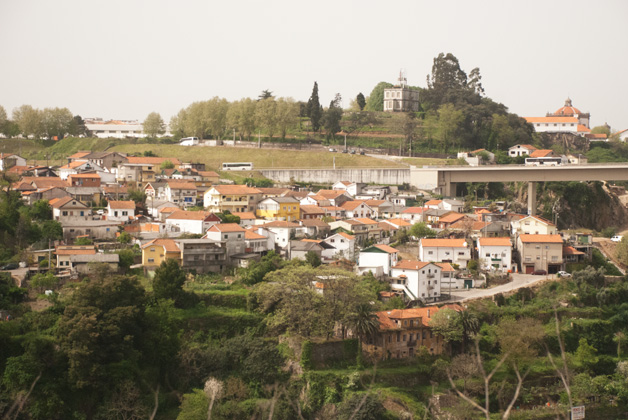
Colégio dos Órfãos
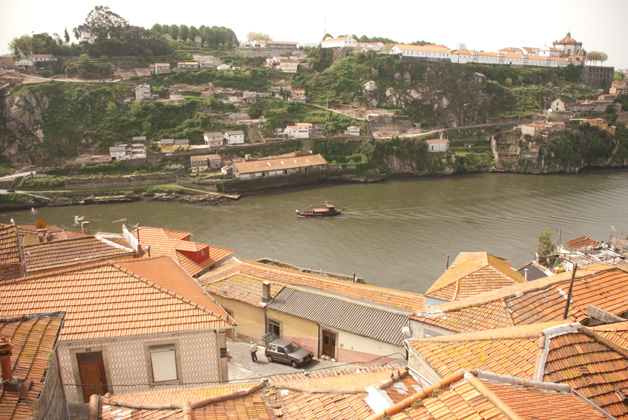
Fontaínhas
From this location, next to the Infante Bridge, one can enjoy the view over Vila Nova de Gaia, on the other side of the river, and a partial view of the D. Luís I Bridge, a popular spot to watch the São João fireworks.
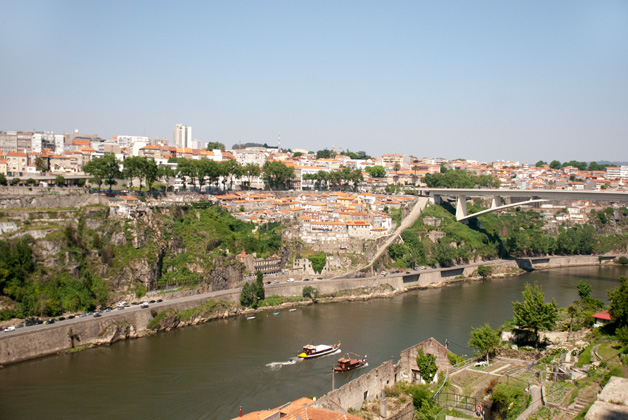
Serra do Pilar
World Cultural Heritage, it started being built in 1538, and was concluded only around 1670.
At first it was created in order to accommodate the Augustinian Friars of the Monastery of Grijó.
Later, during the Civil War of 1832-1834, the liberal army settled in the monastery. As a result of the war and of the constant attacks it suffered, it was in a terrible state of disrepair and neglect, until in 1834 with the creation of the Royal Brotherhood of Lady of the Pilar, and later the Group of Friends of the Monastery of Serra do Pilar, in 1925, the whole building was recovered.
The church, of circular plan, has the dome surrounded by a balcony; the cloister is also circular, with 36 Ionic columns, the only example in Portugal.
From its grand terrace one can see the whole riverside area of Porto and Gaia until the Arrábida Bridge, and the historic center, with emphasis on the Cathedral and D. Luís I bridge. In the opposite direction one can see that the zone of Fontainhas and the São João bridge.
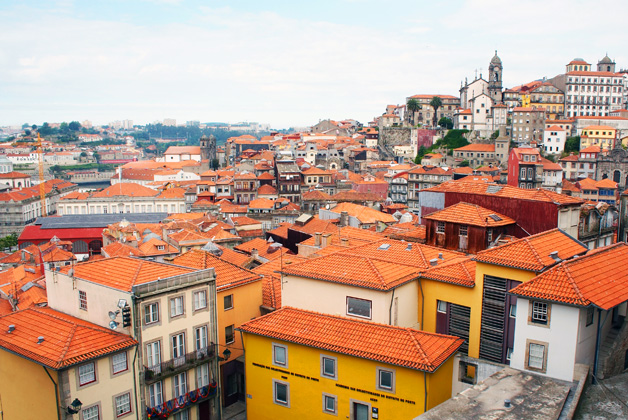
Terreiro da Sé
The Terreiro da Sé (square), framed by the buildings of the Cathedral, the Chapter House, the Bishop’s Palace and the former City Hall (Casa da Câmara), is the result of the recovery works that took place in 1940, through which several medieval quarters were demolished to give way to an open square, where a stone monument representing local government (pelourinho) was placed in 1945, by the Porto City Council. From this spot one can admire the complete Barredo area, the river Douro and Vila Nova de Gaia.
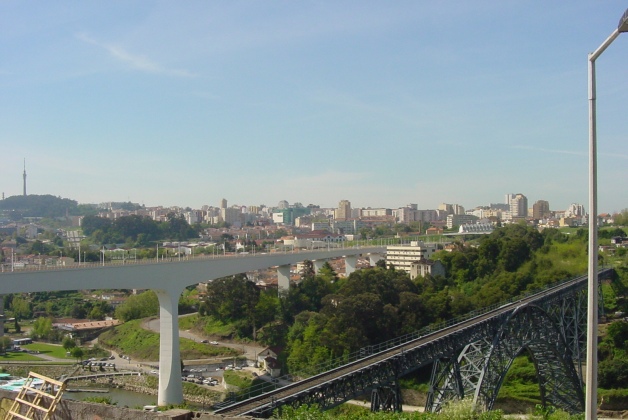
Largo do Colégio
View over the houses extending down to the River Douro, having as background the river side in Vila Nova de Gaia.
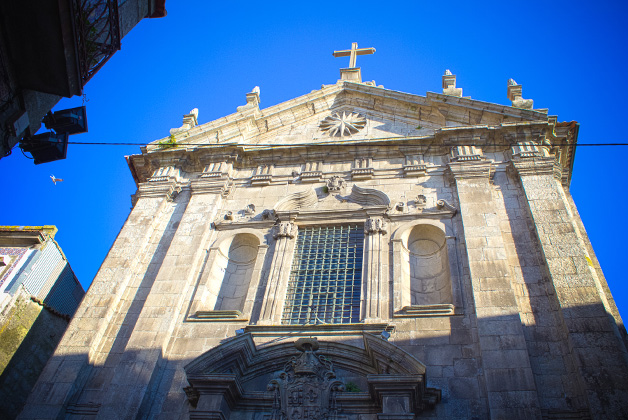
Church of Nossa Senhora da Vitória
The church began to be built in 1755, following the initiative of bishop D. Frei António de Sousa, and was finished in 1769. It was badly damaged during the Porto Siege and also by a fire in 1874 that destructed its main altar. Special mention goes to the wood carving of the altars, the pulpits and the valance of the main arch, designed and produced by the most remarkable artists of rococo in Porto - Francisco Pereira Campanhã and José Teixeira Guimarães. The sculpture of the Virgin on the main altar was made by the sculptor Soares dos Reis, except for its face that was ordered to a local saint-maker.
Cost
0 €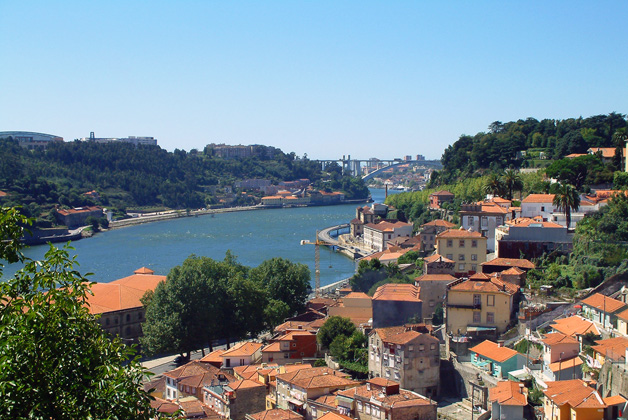
Virtudes Sidewalk
The lane has an excellent view over the river, down to the river Douro mouth bar.
In the foreground one can see the Fountain of Virtudes and the terraces that go all the way down to São Pedro de Miragaia. Along the river, it is possible to see the imposing building of the former Customs House.
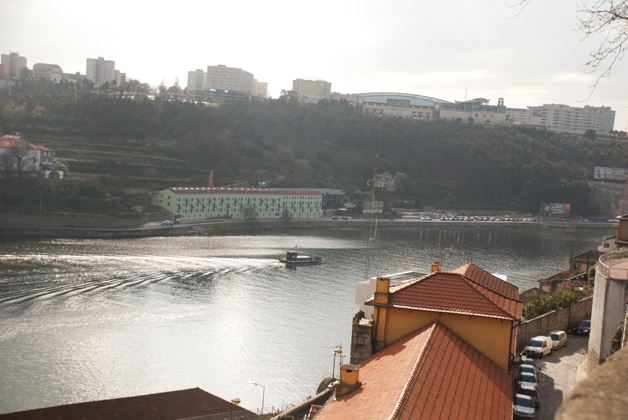
View point – Restauração
View point on Rua da Restauração, by the crossroads with Rua Jorge Viterbo Ferreira, from where you can admire the landscape from the Gaia Quay up to the Arrábida Bridge.
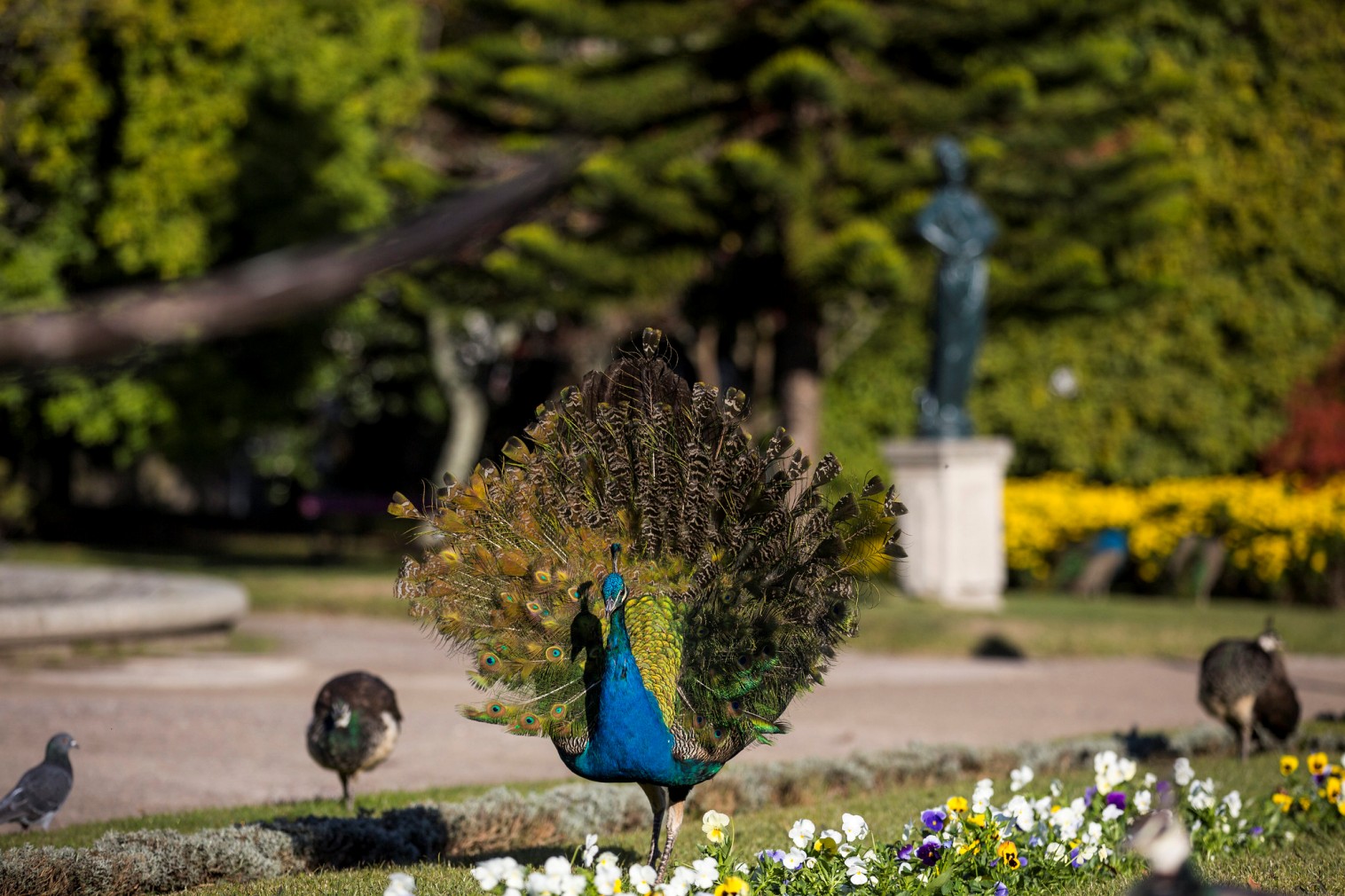
Palácio de Cristal Gardens
The Romantic Gardens of Palácio de Cristal occupy an area of 8 hectares in Porto´s centre and they were designed in the 19th century by the German landscape architect Émille David, in the context of constructing the building of Palácio de Cristal (Crystal Palace). Currently, the following still remain preserved in accordance with the original project: Jardim Émille David at the main entrance, Avenida das Tílias, the forest and the balconies´ design over the river Douro. We can also contemplate magnificent panoramic views over the river and the city that the viewpoints in strategic places offer to us. It is to be noted that these gardens, making a good use of the botanic heritage and of the ludic-cultural dynamics, is home to an Environmental Education Centre.
Flora: North American Tulip Tree (Liriodendron tulipifera), Box elder (Acer negundo), Tilia (Cordata, Platyphyllos and Tomentosa), Camelia sp., Magnolia (Magnolia grandiflora), Metrosideros, Palm Tree (Washingtonia Robusta), Norfolk Island Pine (Araucaria Heterophylla)
Available Infrastructures: public toilets; Cafe/ Restaurants; Sports Pitch and Court (Football and Basketball); Playground; Library and Centro de Educação Ambiental (CEA) and Museu Romântico.
October 1st to March 30th: 8am-7pm
April 1st to September 30th: 8am-9pm
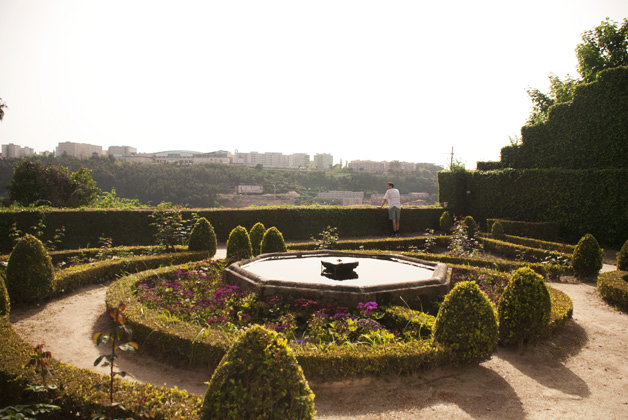
View point – Quinta da Macieirinha
With the mouth of the Douro River as a backdrop, the frame provided by the Arrábida Bridge, makes this landscape unique at sunset.
Cost
0 €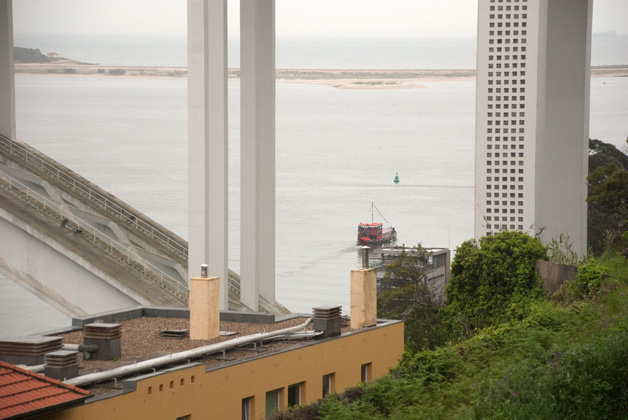
View point – Via Panorâmica
From here one can see the Gaia riverside down to Afurada, highlighting the Arrábida Bridge.
Day 2
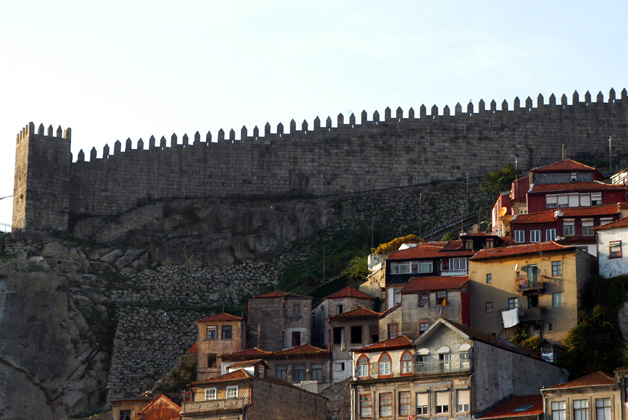
Muralha Fernandina (Old city walls)
The Fernandina wall was built to substitute the old late-medieval wall that, by the 15th Century, had become too small for the growing city.
It was rebuilt by D. Fernando, after whom it was named, between 1368 and 1437 with money from the wine
transfer tax and it was about 3000 paces long and 30 feet high. It was topped off by battlements and strengthened by bastions and towers. Two stretches still exist today. The first, called the Trecho dos Guindais, can be found next to Rua Arnaldo Gama and the other, the Trecho do Caminho Novo, is next to the Escadas do Caminho Novo (Caminho Novo Steps). This visiting point is included in the Urban Wine Route.
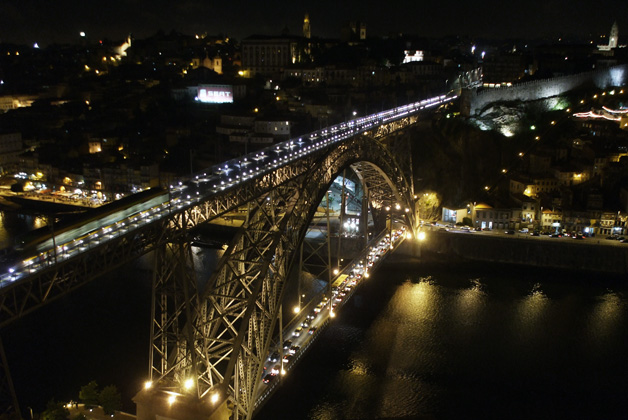
Luiz I Bridge
Designed by the engineer Théophile Seyrig, a disciple of Eiffel, it was inaugurated in 1886 and it is composed by two overlapping iron decks.
The bridge is 395 metres long and 8 metres wide, and its arch is considered, until 2017, the world’s biggest one in wrought iron.
Nowadays the upper deck is used by Greater Porto’s Metro, connecting the Cathedral’s area in Porto to Jardim do Morro and to Avenida da República in Vila Nova de Gaia.
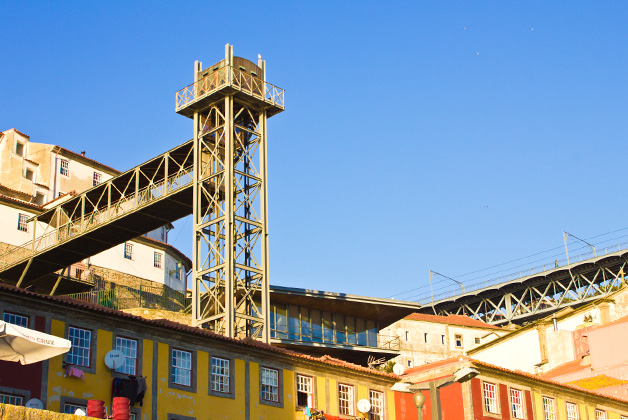
Lada Elevator
Near the D. Luis I bridge, one can see, besides this one, the Belvedere of the Serra do Pilar and the Cais of Ribeira and of Gaia.
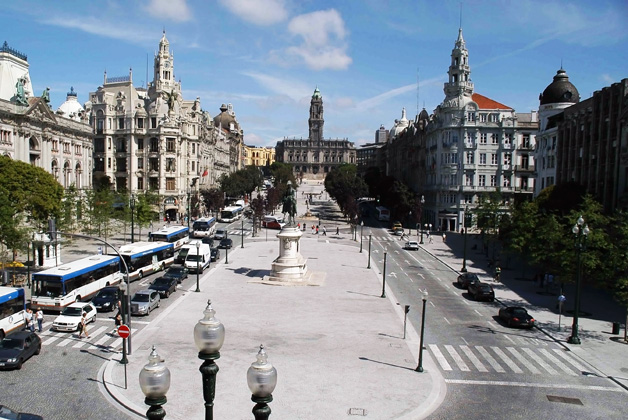
City Hall
Construction began in 1920, but only in 1957 was it considered complete, after several interruptions and changes to the original project.
The building consists of six floors, a basement and two courtyards.
The top of the 70m high, central tower, with its chiming clock, can be reached by climbing its 180 steps.
Consisting primarily of marble and granite, the interior of the building has some nobly furnished rooms, in which the most solemn ceremonies and the usual Municipal Assemblies and Executive meetings are held.
Included in the Urban Wine Route, the Porto Municipality used from the outset the income from rates and taxes on wine to improve the city´s defences, water supply, road connections to the outside and urban reforms.
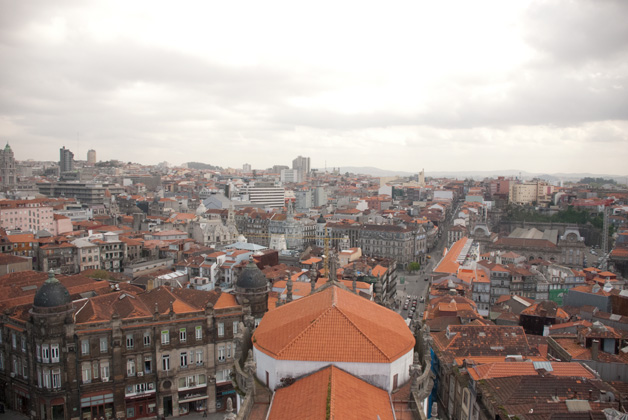
The Clérigos Tower
This baroque work by Nicolau Nasoni was built in the first half of the eighteenth century. The Clérigos Tower is one of the most emblematic monuments of the city of Porto.
The panoramic view over the city and the river Douro which can be seen from the top of the tower makes the 240 step climb worth the effort.
Capitalising on the recent work to renovate and reconvert one of the most significant buildings in the city of Porto, based on a project which rapidly resolved the restrictions on accessing the complex, a multi-sensory facility has been created which simulates the experience of climbing up the Torre dos Clérigos. In the building of the Torre dos Clérigos, you’ll find a part of the Brotherhood’s holdings and the Christus Collection, taking you back to a time and space where art and religion complemented each other.
Cost
8 €Day 3
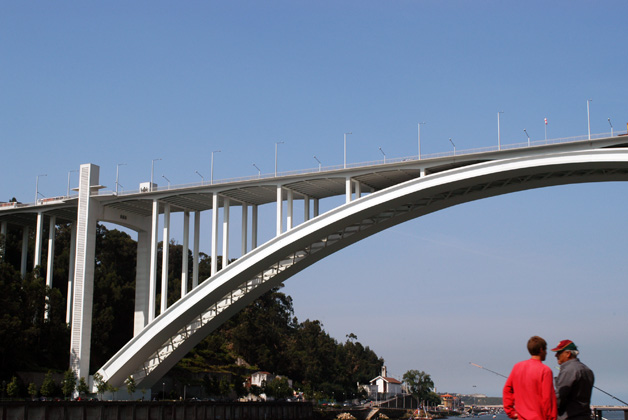
Arrábida Bridge
The Arrábida Bridge, designed by Edgar Cardoso and with a span of 270 m, was, for some time, the longest reinforced concrete bridge span in the world. Inaugurated in 1963, it sits 70 meters above the average water level.
Bronze sculptures sit on top of the four great pillars that support the central span, adding to the bridge’s innovative spirit and modernist style.
The A1 motorway runs over this bridge, connecting Campo Alegre, on the Porto side, to Arrábida on the Vila Nova de Gaia side. Work designated national monument.
Cost
0 €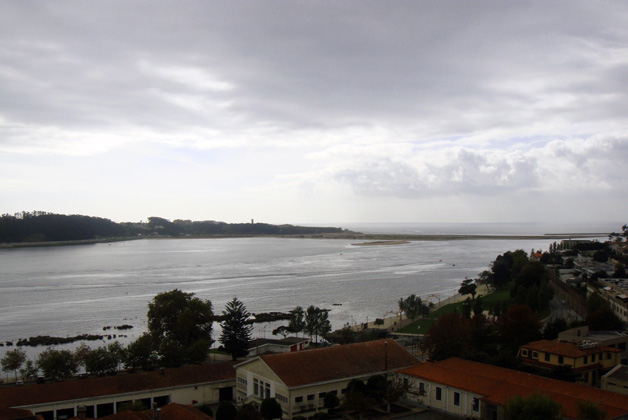
View point – Chapel of Santa Catarina and Senhora dos Anjos
Located in one of the highest points in the parish of Lordelo do Ouro it offers a comprehensive view of the Douro River estuary, including the Garden of Calém, and reaching the sea.
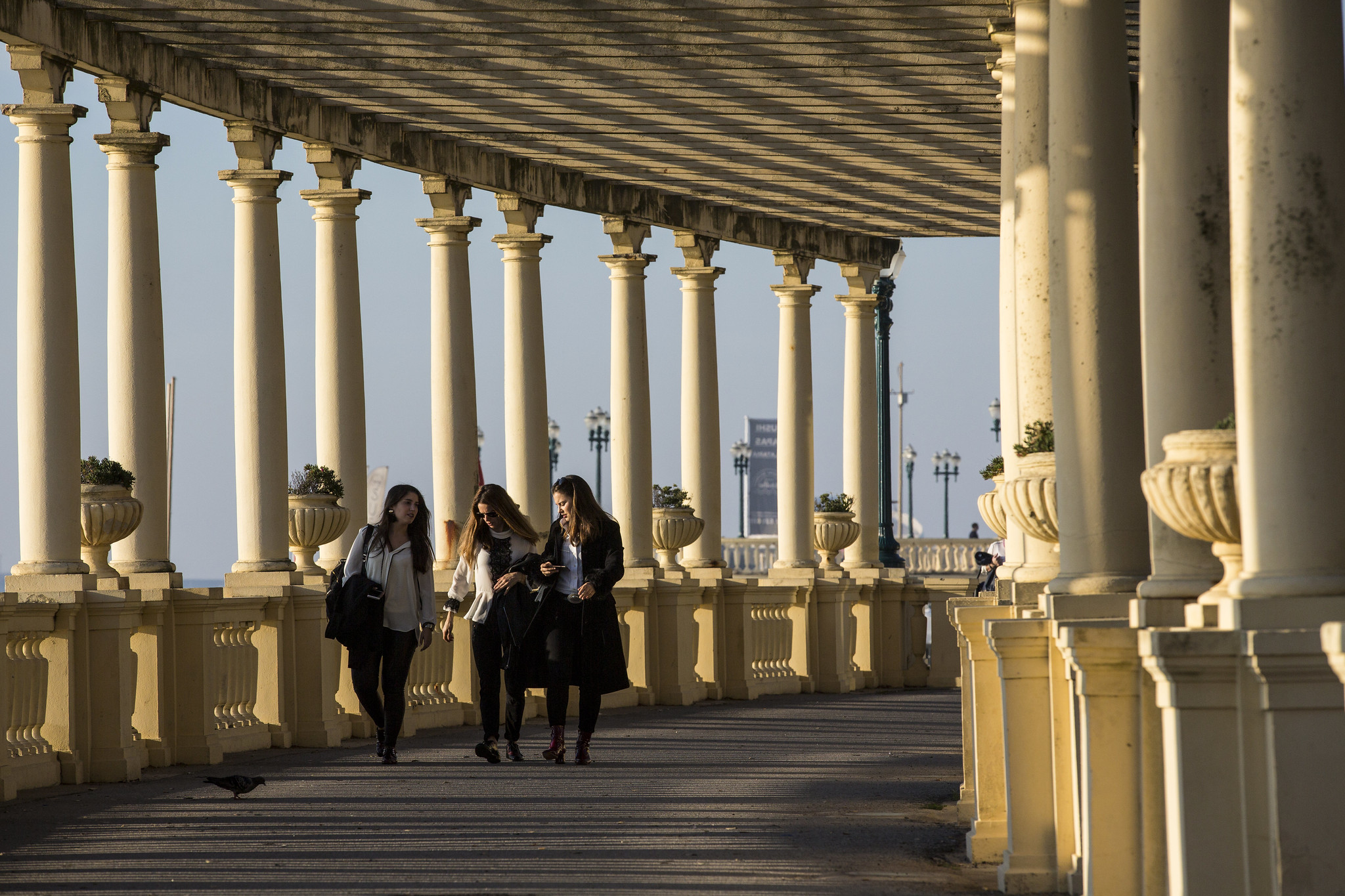
Pérgola
Romantic location by the sea, flanked by a small garden, that is ideal for enjoying the sunset.
In Neoclassical style, the golden yellow color varies with the sunlight.
The shadows of the columns and beams create an abstract painting on the floor and gardens around.
Cafes and walkways are nearby.
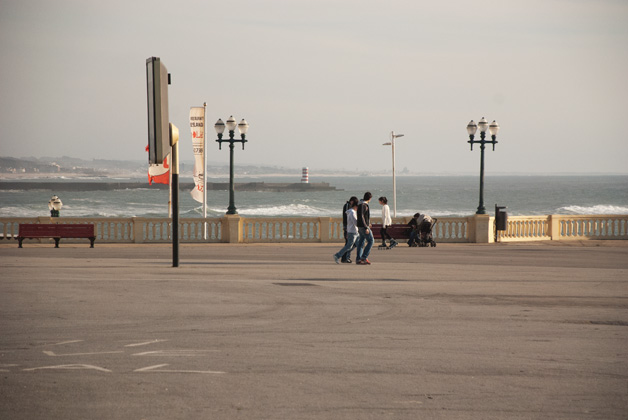
View point – Molhe
Over the Molhe beach, this large space with park benches is used for sports practice and for small events.
It offers a view of the entire coastal area of Foz.
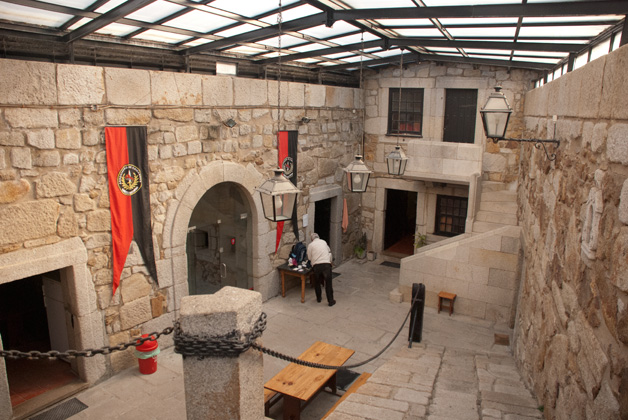
Forte São Francisco Xavier - Castelo do Queijo
Built in the 17th century to protect the coast from the pirates of North Africa, it is located on a cheese-shaped rocky hill, thus obtaining the name Castelo do Queijo (Cheese Castle).
Map View
Plan Your Trip
Arriving

Covered by an ever progressing, accomplished transport network, getting to Porto could never be easier whether it be by plane, bus, car, boat, train or metro.
Getting around

Travelling within the city is made simple should you go by public transport, your own car or a hired one.
Practical information

Here you will find some basic data on Porto as well as information on various public and private services available.
History

This is one of Europe's oldest tourist destinations. Its wealth of artistic heritage, Port Wine, open-air leisure spaces and cultural life are just some of the reasons to visit this city.
Everything you need to know


